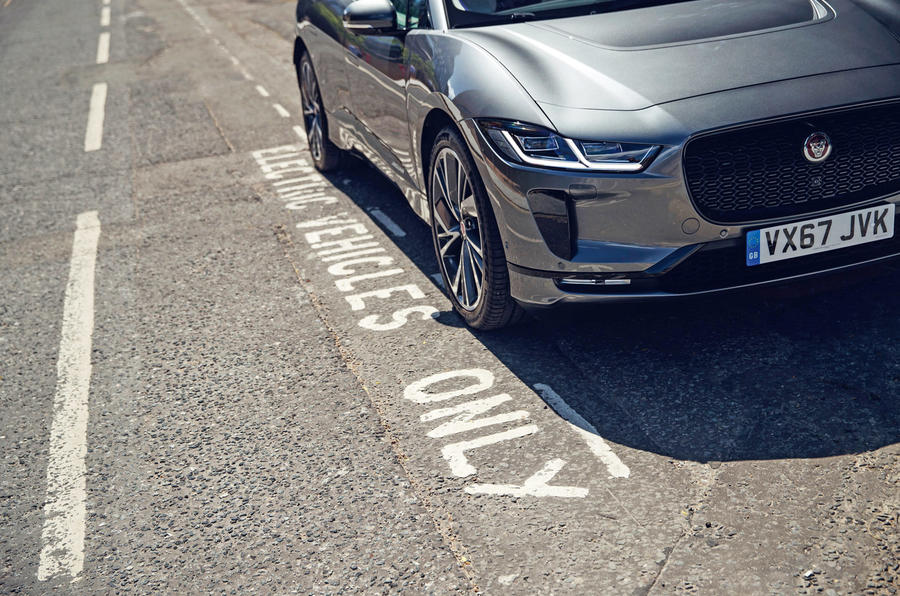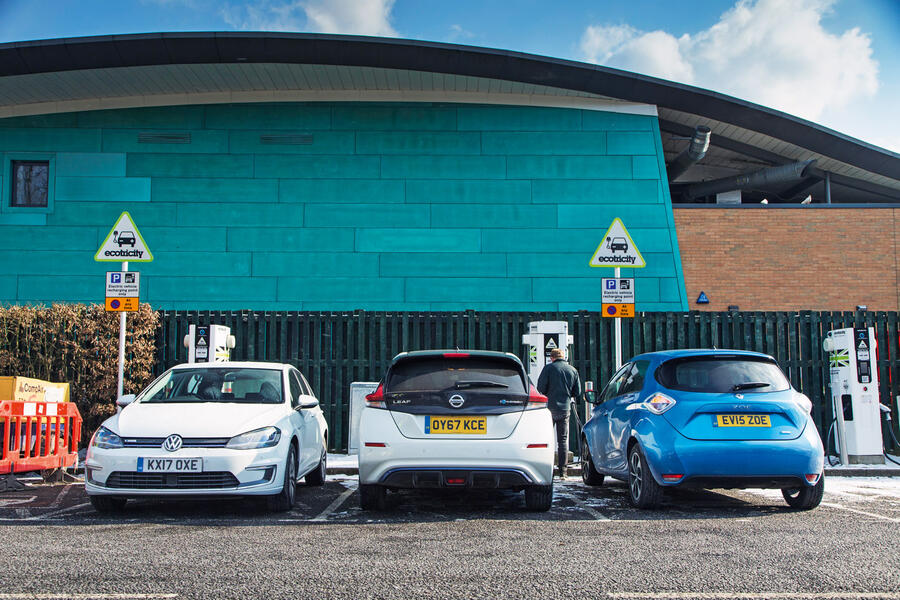It has been clear for a while now that electric vehicles are coming. If the sales charts and chatter on social media weren’t clues enough, the UK government’s announcement of a 2030 ban on the sale of new ICE cars is the future writ large in bold font. But as Brits start to buy more EVs, many people are worried about the infrastructure to charge them and whether it can cope.
Will the UK’s transport network give us the flexibility we currently enjoy from our cars? In the latest of our Autocar Business Live webinars, sponsored by NewMotion, some of the fog was cleared by our guests: Graeme Cooper, National Grid’s project director for transport decarbonisation, and Ben Fletcher, EV project lead at Moixa, a clean-tech software company working specifically with home batteries.
Some EVs, such as the Nissan Leaf, can serve as a storage medium. Will all cars act as storage devices in the future?
Fletcher said: “This is known as vehicle-to-grid [charging]. The car can take power from the grid or provide it back into the house. There are huge advantages to this, but there are a number of challenges around it. There are some hardware costs – it isn’t just a normal charge point, so that’s a bit more expensive – and there’s also a different way that the driver thinks of the vehicle. They need to be incentivised to be plugging in their car at all times, rather than just when they want it to be taking a charge.”
Cooper added: “There’s societal behaviour with this. I’m three years and 40,000 miles into EV ownership, and when I first had it, I plugged it in every night; now I only plug it about once a week. And if it’s not plugged in, it’s not visible and not controllable.
“We need behavioural scientists to look at this: when you ask people when they use their car, it’s 5.30 to 7.30 on a cold, wet winter’s commute. When does the grid most likely need power out of the battery? At 5.30 to 7.30 on a cold, wet winter’s day. Is this [vehicle-to-grid] going to be big or small? I think the jury is out on that. But one thing I would say is that flexibility is going to be critical. If we’ve got more variable generators like wind or solar, what you need is consumption that turns up or down when that is happening.”












Join the debate
Add your comment
Not in the next 30 years, anyway.
To do so would destroy the British car industry as there will be huge resistance to purchasing these cars.
There is a good reason for not allowing operation of petrol or diesel ICEs in large cities.
This could be accomplished by having smart hybrids which automatically switch to electric-only according to GPS data.
The rest of the world will not be so stupid as to follow the UK down this path.
Don't worry folks! Come 2030 petrol and diesel commercial vehicles will still be available to buy. Thank Heavens trannies are so fun to drive (the four wheel variety, that is). Either that or we'll all be riding around in traction engines - thanks to all the new coal mines they're reopening.
The predictions for grid loadings are more accurate now. We all know what's coming and when. The decision has been made - EVs, and lots of them. The only variable after that will be the timing on a ban of new gas central heating boilers. But the grid needs to be ready whatever.
If you don't want to burn coal, don't want to burn gas and don't want to be sat in the dark when it's cloudy or not very windy, there's only one trick left in the box - and whether you like it or not folks - it's nuclear.